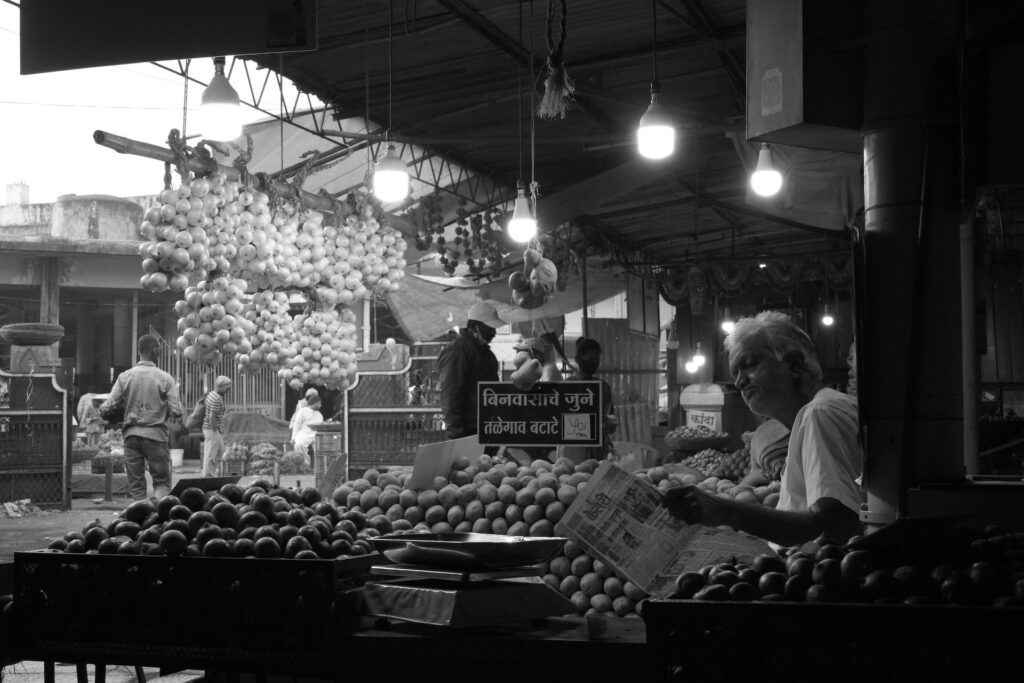Harnessing the Power of Product-Market Fit to Attract Top Venture Capital Firms in India
Launching a startup is not a child’s game and its journey is filled with innovation, ups and downs and the promise of success towards growth and profitability. The path to success is always fraught with challenges such as raising funds from Venture Capital Firms or identifying the proper strategies to reach customers, and one of the most critical aspects that can make or break your startup’s journey is achieving a strong Product-Market Fit (PMF).
Product-Market-Fit is that moment in a startup’s life when the product or service offered by the startup aligns seamlessly with the needs and preferences of the target market and it’s the early-stage victory any startup can achieve. It’s the sweet spot where customers not only understand the value of your offering but are willing to pay for it. Top Venture Capital firms in India will concentrate on PMF more importantly before making any investments.
“Achieving PMF means the startups have gone beyond product development (MVP) and found a strong resonance between what you offer and what customers demand.”
Without the PMF, startups struggle to acquire new customers and retain existing ones. But once you have product-market fit, you can focus on scaling your business and capturing market share with proper GTM and allocation of resources accordingly.
Here comes the next question: How do you achieve product-market fit? Here are a few key things you can do:
- Understand your Target market – Who are they? What are their needs? What are their pain points? The more the company understand their target customer which they are focusing on, the better-equipped startups will be to create a product that its customers love. Without segmenting a target market to focus on, things become difficult and achieving the PMF will be the ever-lasting work that founders will keep on working with improper allocation of resources.
- Build a product that solves a real problem – Your product doesn’t have to be the most innovative or the most feature-rich. But it does have to solve a real problem that your target customers are facing. The startups should have to find a gap in the market that no company are targeting currently and break the market there.
For example, Boat launched its wireless earphones in the less-mid pricing segments which no other big companies targeted. With its launch in the segment, wireless earphones are now household access to everyone. This innovation and identification of the target market will excite the top Venture Capital Firms.
- Get feedback from early adopters – Once you have a product that you’re confident in, start giving it to early adopters. Get their feedback and use it to improve your product. Feedback is really more important to the founders for achieving the product market fit.
- Iterate and improve – Product-market fit is not a destination. It’s a journey. You’ll need to iterate and improve your product on an ongoing basis to stay ahead of the competition.
For example, In 2010, when Domino’s Pizza experienced a huge PR disaster, the company accepted its problems and shortcomings. They started taking feedback from the customers and spent millions perfecting their product. To the surprise, the sales exploded and the brand image came into the positive limelight for overcoming its shortcomings. The size of the company doesn’t matter, changing and serving the needs of customers matters.
How PMF Powers Your GTM Strategy
Once you have product-market fit, the startups should focus on building a Go-To-Market (GTM) strategy that will help scale the business. A GTM strategy includes a detailed plan for understanding the target market, segmenting customers, and pricing and packaging products or services to maximize revenue and market share.
1. A clear value proposition:
With PMF, you have a clear understanding of your ideal customers and what you are trying to provide them. This knowledge enables you to target your marketing and sales efforts with precision. You know who your product is for, what problems it solves, and how to communicate its value effectively. This clarity attracts and retains customers, making your GTM strategy more effective.
2. Faster Sales Cycles:
PMF streamlines the sales process by targeting your ideal target customer. Customers are more likely to make purchasing decisions quickly when they see the immediate value in your offering. This leads to shorter sales cycles and quicker revenue generation.
3. Enhanced Product Development
PMF isn’t a one-time achievement. It’s an ongoing process that involves listening to your customers and continually improving your product. This feedback loop ensures that your product remains relevant and competitive according to the changes evolving in the marketplace which can cater to the needs of your customer.
4. Attracting Investors
Finally, Investors and Venture Capital firms are more likely to bet on startups that have achieved PMF. It demonstrates that your business model is validated, reducing their risk. A strong GTM strategy backed by PMF can make your startup an attractive investment opportunity.
In the world of startups, achieving Product-Market Fit is like discovering the Holy Grail and so as impressing Investment partners and VC Firms. It’s the secret sauce that can transform your business from a mere idea into a thriving, profitable venture. VC firms have mastered the art of how to invest in startups companies to validate the idea of the startups of various stages including PMF.
When combined with a well-crafted GTM strategy, PMF becomes the driving force behind rapid growth and success. So, if you’re on the entrepreneurial journey, remember that “unlocking growth starts with understanding and embracing Product-Market Fit.”

